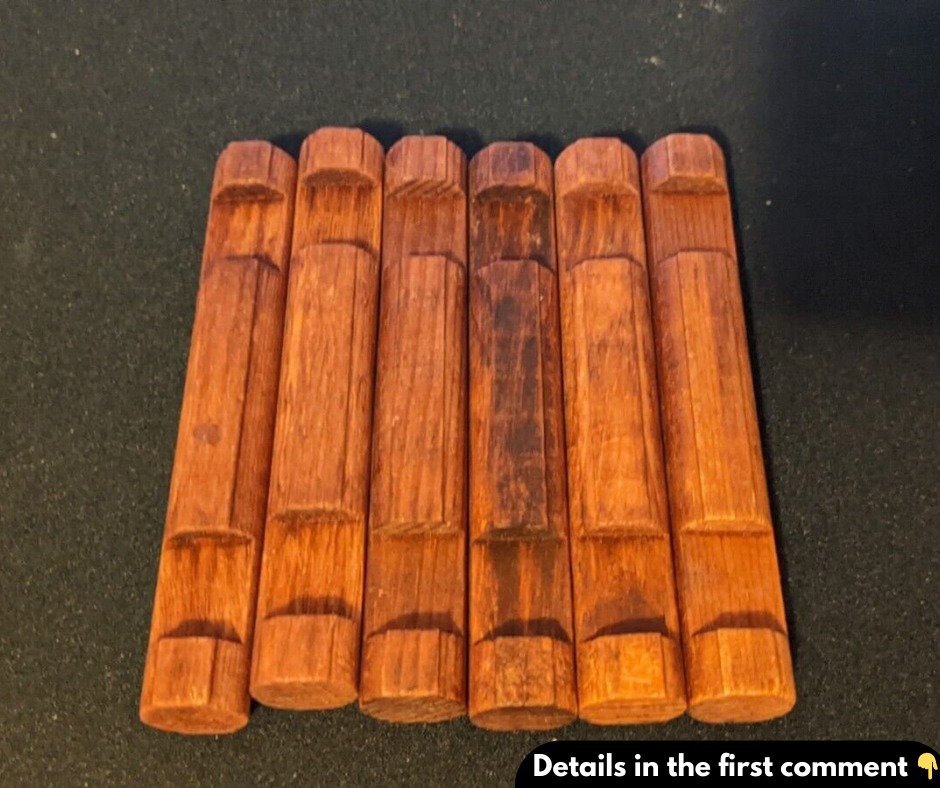For over 100 years, Lincoln Logs have remained a beloved toy, captivating children with their simplicity and creativity. Created in the early 1900s, these iconic wooden blocks have become synonymous with imaginative play and an early introduction to construction concepts. In this article, we’ll take a closer look at the history, design, and lasting impact of Lincoln Logs, exploring why they remain relevant even in today’s digital age.

The Creation of Lincoln Logs: Inspired by Architecture
In 1916, John Lloyd Wright, the son of famous architect Frank Lloyd Wright, invented Lincoln Logs. John’s inspiration came while working with his father on the design of the Imperial Hotel in Tokyo. The hotel’s earthquake-resistant structure featured interlocking beams, a design that intrigued John. This sparked the idea for a toy that would allow children to build their own structures using the same principle. The goal was to combine learning and fun, encouraging kids to build log cabins and other creations while developing their spatial awareness and creativity.
Initially, Lincoln Logs were produced by John’s company, Playthings Manufacturing. The toy quickly became popular due to its durability and educational benefits. By the late 1920s, Lincoln Logs had become a household favorite, praised by both parents and educators. Over time, the company changed ownership, with Hasbro eventually acquiring it. However, the fundamental design and appeal of Lincoln Logs have remained consistent over the decades.
How Lincoln Logs Work: Simple Yet Ingenious Design
Lincoln Logs are known for their straightforward, yet brilliant design. Each set comes with interlocking wooden logs of various lengths that children can use to build cabins, forts, and other structures. The notched logs fit together easily, ensuring stability while offering endless possibilities for creative play.
What makes Lincoln Logs stand out is their blend of fun and education. Early on, they were used in schools and homes to teach children basic principles of architecture and engineering. Building with Lincoln Logs helps kids improve their spatial reasoning, problem-solving, and fine motor skills. The toy’s simplicity allows children to experiment, learning important lessons in a fun and hands-on way.
The Educational Value of Lincoln Logs
Lincoln Logs were not just a source of entertainment—they provided significant educational benefits. As children built with the toy, they learned important construction principles like balance, stability, and design. Each structure required planning and precision, giving children a chance to develop their critical thinking and creative problem-solving skills.
Parents and teachers recognized Lincoln Logs as more than just a toy; they were seen as valuable tools for fostering curiosity and creativity. Kids could visualize how real buildings were made, making the process both fun and informative. Whether constructing a small log cabin or an elaborate fort, children gained a deeper understanding of engineering and architecture through play.
Lincoln Logs Over Time: Evolution While Staying True to Their Roots
Even though Lincoln Logs were invented over a century ago, they have evolved to stay relevant. While originally made of wood, there were times when plastic versions were introduced. However, the classic wooden sets have always remained the most popular, and in recent years, Lincoln Logs have returned to their original wooden materials, appealing to both nostalgia and modern tastes.
In addition to material changes, themed sets have been added to enhance the play experience. These sets, inspired by historical or cultural themes like frontier towns or Western forts, provide new creative possibilities. Despite competition from digital toys, Lincoln Logs continue to capture the imagination of children by offering simple, open-ended play.
The Legacy of Lincoln Logs: A Timeless Toy
Lincoln Logs have endured because they offer a perfect balance between fun and education. They are a part of childhood memories for many generations, cherished by parents, educators, and children alike. As toys become increasingly digital, Lincoln Logs remind us of the value of tactile, hands-on learning experiences.
Today, Lincoln Logs can still be found in toy stores, educational programs, and even museums, symbolizing a time when toys were designed to spark the imagination and develop essential skills. Their lasting appeal is a testament to their effectiveness as a creative tool that transcends generations.
Why Lincoln Logs Matter in Today’s World
In today’s fast-paced digital age, Lincoln Logs offer a refreshing alternative. They encourage kids to slow down, engage in imaginative play, and build whatever they can dream up. These classic toys help children develop problem-solving skills, spatial awareness, and creativity—all while having fun.
For many adults, Lincoln Logs also carry a nostalgic appeal. Parents who grew up with Lincoln Logs often introduce them to their own children, passing down a beloved tradition of building and creating together. Lincoln Logs also serve as a great family activity, offering a chance for parents and kids to bond while constructing something meaningful.
Lincoln Logs are much more than just a toy—they represent a piece of history that has inspired generations of young builders. From their invention by John Lloyd Wright to their continued popularity today, Lincoln Logs have proven themselves to be an enduring source of education and entertainment. Their simple design fosters creativity, while their lasting legacy reminds us of the importance of hands-on learning. In a world dominated by screens and fast-paced technology, Lincoln Logs offer a chance to slow down and engage in imaginative play, a tradition that will surely continue for years to come.





